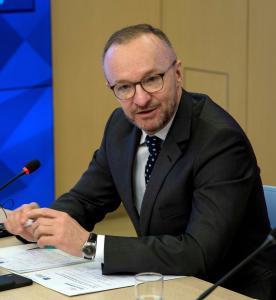Russia's demographic policy amid the context of the Ukraine conflict presents intricate challenges. The nation, similar to Western societies, confronts the multifaceted impacts of demographic shifts, encompassing potential economic losses due to workforce and consumer reduction, an aging population structure leading to increased pension and healthcare costs, and potential innovation slowdown. The Ukraine conflict introduces an additional dimension to these demographic issues, causing casualties and the flight of up to a million individuals seeking to evade mobilization.
The historical backdrop of Russia's population evolution mirrors its political and economic transformations. Different phases, from pre-revolutionary times to the Soviet era, demonstrate varying growth and decline patterns influenced by war, famine, and policy changes. Despite the initial decline in the 1990s, efforts to increase birth rates yielded short-term positive results through a stabilized economy, a supportive social climate, and government initiatives like maternity capital. Nevertheless, varying birth rates persist based on regions and ethnicities.
While some Muslim communities experience population growth, the overall demographic situation remains complex. Efforts to enhance birth rates through initiatives like the "Demography" National Project continue, but population growth remains mixed due to immigration offsetting natural decline. The ongoing Ukraine conflict exacerbates challenges, resulting in a notable youth exodus and skilled professional departure. The projection of Russia's population decline to 130 million by 2050 aligns with European trends, with consequences encompassing social, economic, and political spheres. The potential loss of skilled professionals could hamper Russia's innovation and economic potential.
The full-length publication is only available in German.



